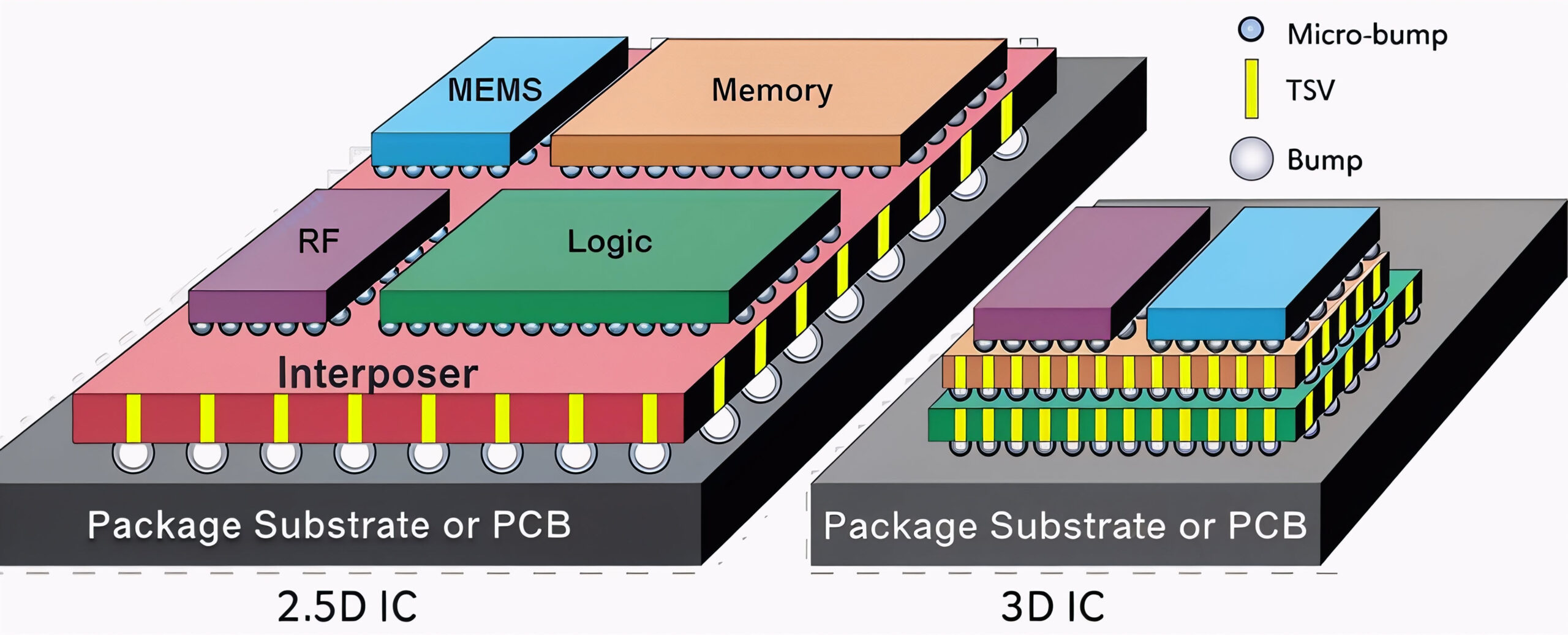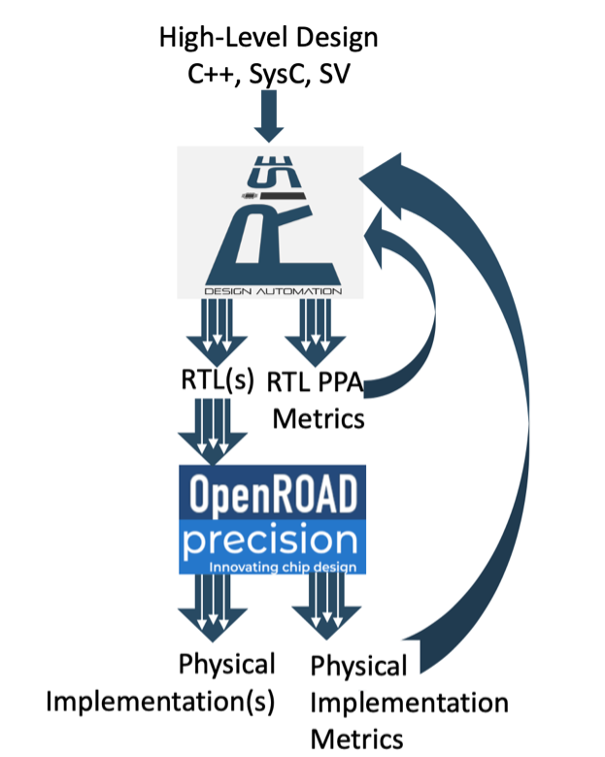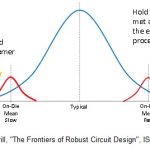Is the IOT a Terminator or a Transformer? Where to look to get the most value out of the Internet of Things revolution. The rebooted Terminator movie came out earlier this summer. Its blasted, futuristic landscape of robot killers and gun-toting, warrior humans probably started with enhanced computer technology similar to what… Read More
 Cost, Cycle Time, and Carbon aware TCAD Development of new TechnologiesOur good friend Scotten Jones wrote a paper…Read More
Cost, Cycle Time, and Carbon aware TCAD Development of new TechnologiesOur good friend Scotten Jones wrote a paper…Read More 3D ESD verification: Tackling new challenges in advanced IC designBy Dina Medhat Three key takeaways 3D ICs…Read More
3D ESD verification: Tackling new challenges in advanced IC designBy Dina Medhat Three key takeaways 3D ICs…Read More Reimagining Architectural Exploration in the Age of AIThis is not about architecting a full SoC…Read More
Reimagining Architectural Exploration in the Age of AIThis is not about architecting a full SoC…Read MoreIoT or Smart Everything?
I just attended a keynote presentation at SNUG from Aart de Geus, CEO of Synopsys. This event is well attended with some 2,500 people that are learning from the 96 presentations on all things Synopsys, semiconductor. IP, and foundry trends. There are big name sponsors like: GLOBALFOUNDRIES, Samsung, socioeconomic, TSMC, Fujitsu,… Read More
Guard Vehicles from Cyber Attacks!
Law enforcement officers, emergency responders and commercial fleet operators cannot afford to operate vehicles without the assurance of security. A police officer, emergency medical technician or truck driver cannot live with any uncertainty regarding the integrity of their vehicle’s safety systems and powertrain.
That… Read More
The time Andy Grove came to Fortune and refused to meet with the editors
In my nearly thirty year career at FORTUNE magazine, I got to know a host of larger than life characters. But few loom larger in memory than the diminutive dynamo who sadly passed away last night, Andy Grove.
Amid the stream of obits and reminiscences rightly hailing Andy’s extraordinary career as CEO of Intel, his major contributions… Read More
The Latest in Static Timing Analysis with Variation Modeling
In many ways, static timing analysis (STA) is more of an art than a science. Methodologists are faced with addressing complex phenomena that impact circuit delay — e.g., signal crosstalk, dynamic I*R supply voltage drop, temperature inversion, device aging effects, and especially (correlated and uncorrelated) process… Read More
Reflections on a Trade Show, and a Turning Point for Silicon
This past week over 5,000 people converged on the AppliedPower Electronics Conference (APEC) in Long Beach California to understand the state-of-the-art and the future of the electronics that powers things such as servers, electric cars, white goods, factories, medical implants, as well as drones. The conference, which is… Read More
Who will provide data center Soc of the future, Intel or Qualcomm ?
Intel has been incredibly successful by designing high performance server SoC to address the data center market segment, and the chance to see the company loosing large market share is pretty low, at least in the short term. Now, if we look at the really long term, 2030 or even 2040, like did the Semiconductor Industry Association… Read More
Andy Grove’s Less Remembered Intel
The following paragraphs present another one of those articles that I wrote for a Cyber Media publication, probably in the year 2000. It’s been almost fifteen years since then. When I read Sunit Rikhi’s glowing tribute to Andy Grove, a few grey cells stirred in my brain and I recalled that I had written something about the Intel that… Read More
Automotive Artificial Intelligence (AI) Insights from Patents
US9254824 illustrates an adaptive anti-collision system for providing timely alert information by analyzing the driving pattern of the driver using a neural network. A neural network utilizes massive connected artificial neurons to mimic the capability of a biological neural network so as to acquire information from external… Read More
Yelling fire in a crowded chip factory
Semiconductor market forecasts for 2016 are all over the place. Jim Handy and Tom Starnes floated a report in January looking for 10% growth. Jim Feldhan at Semico turned outright negative at -0.3% just a couple weeks ago. Tossing out the high and low scores, analysts tracked by GSA range from 0.3% to 7.0% in March updates. What’s … Read More






Quantum Computing Technologies and Challenges